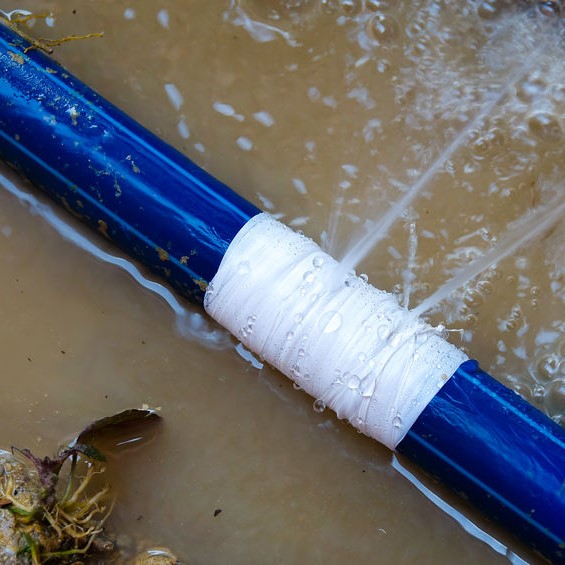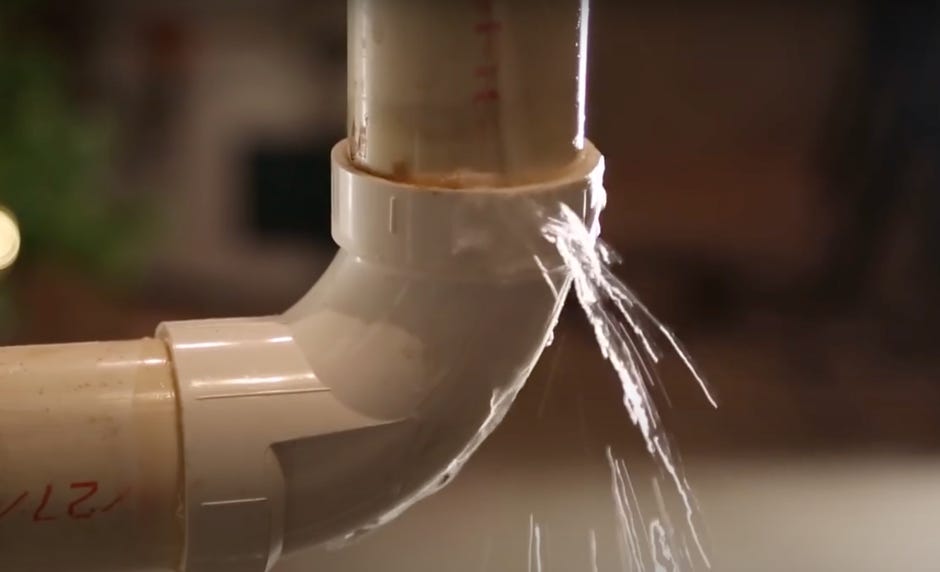Stop the Flood: Methods for Spotting and also Taking Care Of Burst Pipes
Stop the Flood: Methods for Spotting and also Taking Care Of Burst Pipes
Blog Article
Have you been interested in related information around What to Know Before Installing a Dishwasher?

A ruptured pipe is a significant emergency; you can only stand as you enjoy water you pay dearly to reunite with the planet. In worse situations, you see a pool on your kitchen area floor, which is an excellent trip danger, specifically if you have children around. If the pipeline that burst was in your wall surfaces, bad news: you may require to repaint that entire area.
How can a catastrophe like a burst pipeline be prevented as well as taken care of? Well, by listening to your expert emergency plumbers and complying with these rules.
Exactly how do I understand when my pipelines have burst?
Varying water pressures
Pipelines do not just burst in a day. You may have observed that your kitchen area faucet or shower does not run immediately when you turn the faucet. It may stop briefly for a couple of secs and then blast you with more force than typical.
In other instances, the water may appear typical initially, after that drop in pressure after a couple of seconds.
Wet walls as well as water discolorations
Before a pipe bursts, it will certainly leakage, most times. If this persistent leaking goes undetected, the leakage might finish into a broad laceration in your pipe. One simple means to prevent this emergency is to look out for wet walls ad water spots. These water spots will certainly lead you right to the leakage.
Puddles under pipelines and also sinks
When a pipeline ruptureds, the outflow forms a puddle. It may appear that the puddle is growing in size, as well as regardless of the number of times you wipe the pool, in a few minutes, there's another one waiting to be cleaned. Often, you might not have the ability to map the pool to any type of visible pipes. This is an indicator to call a specialist plumber.
Untraceable leaking noises
Pipe bursts can happen in the most unpleasant places, like within concrete, inside walls, or under sinks. When the house goes silent, you might have the ability to listen to an aggravatingly relentless leaking sound. Even after you've examined your shower head as well as kitchen area tap, the dripping may continue.
Dear visitor, the leaking might be originating from a pipe inside your walls. There isn't much you can do about that, except inform an expert plumber.
Shut off the Water
When water ices up, it increases in quantity by regarding 9 percent. And also it expands with tremendous pressure: The stress inside pipes may go from 40 extra pounds per square inch to 40,000 psi! No pipe can hold that much stress, so it breaks open. The break may occur where the ice types, but regularly, it happens where water pressure finds a weak spot in the pipe. That might be inches and even feet from the frozen location. Locate the water shutoff valve as well as turn off the water to avoid more damage. You could likewise need to shut off the electricity too, depending upon where the leaks takes place as well as exactly how big it is.
Infected water
Many people presume a burst pipeline is a one-way electrical outlet. Quite the contrary. As water spurts of the hole or wound in your plumbing system, impurities find their way in.
Your water may be polluted from the source, so if you can, examine if your water storage tank has any troubles. Nevertheless, if your alcohol consumption water is provided as well as detoxified by the local government, you should call your plumber quickly if you see or scent anything amusing in your water.
What do I do when I spot a ruptured pipe?
Your water meter will certainly remain to run also while your water wastes. To reduce your losses, locate the main controls and transform the supply off. The water pipe are an above-ground structure at the edge of your building.
How to Fix & Detect a Leaking Pipe
How Do I Know if a Pipe is Leaking?
Leak detection tests can help you determine if your pipe has a leak. Even if you don’t see an apparent leak, you should still conduct leak detection tests regularly to save water and money—and prevent major damage to your home.
Water meter. It can be helpful to figure out what your usual water meter usage numbers are and then monitor them regularly. To monitor your meter, first, turn off all water faucets in your home. Check the meter and write down the numbers. In a few hours, check the meter again. If the numbers have changed, you have a leak. Water gauge. Use a water gauge to test your water pressure. Your showerhead should produce a certain amount of water pressure based on its model and design. If the pressure is lower than it is supposed to be for that specific showerhead, your home likely has a leak. Puddles. Look inside your bathroom, laundry, and kitchen sink cabinets. Puddles around the cabinets or around toilets, tubs, showers, and washing machines indicate the presence of a leaking pipe. You may also notice loose tiles, peeling or flaking paint, or mold caused by water accumulation. Napkin test. Even if you don’t see any puddles, you may still have a leak. You can test for water leaks in the bathroom, laundry, and kitchen by wiping below-sink connections with a napkin, paper towel, or piece of toilet paper. If it becomes damp, you probably have a leaking pipe under the sink. Discolored walls. Walls that are discolored—usually with brown or yellow stains—or bulging might mean that they have been impacted by water damage caused by a leaking pipe. Smell. A leaky pipe will create sitting water, and over time, that water may develop a musty smell. If your home smells musty, but you can’t locate the source, it may be due to a leak. Steps for Fixing a Leaking Pipe
A leaky drain can be remedied by tightening the pipe base, replacing the drain seal, caulking the rim, and tightening the pipe nut. Similarly, a leaking toilet pipe can be treated by tightening the packing nut. You may also need to replace the valve. A leaky faucet may just need tightening or replacement of the washers. If that doesn’t work, consider replacing your faucet. If your pipe has a hole in it, you may want to use a pipe leak sealer or pipe leak tape. This quick fix for water pipe leaks can also temporarily fix a copper pipe leak. https://www.ahs.com/home-matters/quick-tips/how-to-tell-if-pipes-are-leaking/

I was brought to that editorial on How to Prepare for Your Dishwasher Installation from someone on another web property. Sharing is good. Who knows, you might be helping someone out. We thank you for reading our article about What to Know Before Installing a Dishwasher.
Book Maintenance
Report this page